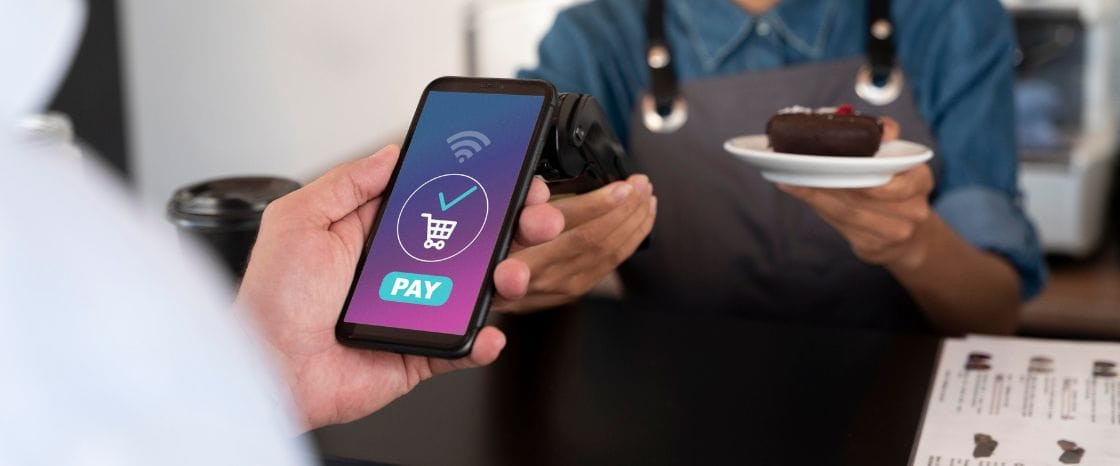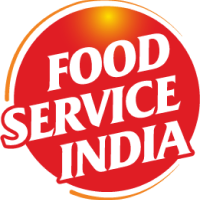
Top Restaurant Technology To Boost Your Business in 2025
The restaurant industry is evolving at a lightning pace, but can you keep up? Like every other industry, modern technology plays a crucial role in optimising procedures and improving customer experience in the HoReCa industry. If you want to stay competitive and maybe even overtake your competitors, implementing the latest restaurant technology in your business is critical. But which technologies should you invest in? Let us find out with this detailed blog.
A] Benefits Of Adopting Technology For Restaurant Business
Restaurant technology refers to any piece of technology that helps commercial kitchens save time, labour, and resources while enhancing food and service quality. Technology can help restaurants keep running even during staff shortages through Kiosk ordering and contactless payments. Online ordering and reservation systems have made bookings extremely easy and convenient for guests. Additionally, backend software optimises mundane tasks like inventory management, material handling, and reservation management.
B] Most Dominated Restaurant Technology That You Should Adopt
1. Smart POS Systems and Contactless Payment

Smart POS (point of sales) systems allow servers to place orders quickly through a software portal. This enhances the ordering speed, prevents human errors, and improves communication between the kitchen and the wait staff. Smart POS systems make placing orders easy and efficient for the guests while saving manpower. Cloud-based POS software allows the chefs, cooks, and wait staff to receive real-time data about the orders placed, the number of guests, and wait times. Smart POS systems also include contactless payment like UPI QR.
2. Self-Service Kiosks

A self-service kiosk with an easy-to-navigate interface and strong backend software can vastly improve customer experience and save labour costs. Kiosks are becoming increasingly popular for fast-paced, quick-service restaurants. With self-service kiosks, customers can take their time to place orders, customise their orders, and explore various options. The freedom to browse through the menu and customise the orders improves user satisfaction and brand loyalty. Adopting kiosks has also been shown to improve order volume. As the number of orders increases, chefs can rely on FSIPL food solutions to cut meal prep time by half.
3. People Management Technology

Managing your staff is just as important as managing your guests. How well you can manage your staff and oversee their daily work will translate into your restaurant’s success. People management technology in restaurants refers to a web of software designed to help you effectively manage and oversee your staff. This includes hiring and onboarding, employee scheduling, timesheet tracking, and HR and payroll management software. A centralised people management system allows you to track everything at once through a single screen. Automated payroll calculations and tax remittances also reduce human error.
4. Reservation Software

Integrating a reservation system into your website or partnering with a reservation app can help you cut long wait times. Long wait times are one of the key causes of customer dissatisfaction in restaurants. With reservation software, customers do not have to worry about waiting in long queues for a table. Customers can book their table for a certain time and also for the number of guests through the website or the app. Sending notifications right before their table is ready can help improve customer engagement.
5. Inventory Management Software

Inventory management software can help you keep track of your supply and food inventory, minimising food wastage and optimally using resources. As an experienced food company in India, we are aware of how fast some goods can perish, leading to high expenses. Inventory management software can help you track your inventory levels, expenses, and daily used quantities of each product. This helps chefs know when a certain item needs to be restocked and if a dish needs to be taken off the menu.
6. Internet of Things (IoT) Sensor Technology

IoT are a network of sensors and actuators that recognise different inputs like temperature and movement to optimise tasks. IoT in the food industry can be used in refrigerators and kitchens to monitor the temperature and alert the restaurant manager if something is beyond normalcy. It is also used in the dining area to collect data about the number of people coming in and the available space. It can also adjust the air conditioning and heating according to the number of people present and the climate to create a cozy environment with minimal energy consumption.
7. Smart Menus

Smart menus, also known as QR menus, are virtual menu cards that your patrons can access through a quick QR scan or a web search. With smart menus, you can update your daily specials and even the entire menu without the hassle of printing new menus on every update. Other than convenience, it can also help you gather information like most browsed and most ordered items, frequent customisation, and target demographic.
8. AI Chatbots

There is no denying that AI has a massive impact on every single industry, and the restaurant business is no different. Restaurants across the world are using AI chatbots on their website and in social media messages to engage with their customers. AI chatbots provide quick answers to the customer’s queries, actively engage customers, notify them of your offerings, and address grievances.
9. Air Purification Technology

Air pollution is a prevalent problem in India, with the AQI of major cities often going above the safety threshold. If you want your customers to perceive your establishment as a high-end and hygienic place to eat at, investing in air purification technology is a must. It not only keeps your restaurant’s interior clean but also gives a better customer experience.
Upgrade your kitchen efficiency today – explore our complete range of HORECA services and smart restaurant technology tailored for modern food businesses.
Further Reading:
Conclusion
Implementing the latest technologies like smart POS, inventory management software, and AI chatbots can help to improve customer satisfaction and engagement, leading to improved business performance. This is crucial for staying competitive and scaling your business.
FSIPL is a reputed and experienced HoReCa company in India that can help you decide which technologies your restaurant needs and how to implement them with your current structure. If you are looking to improve your restaurant kitchen’s efficiency, get in touch with us today!









